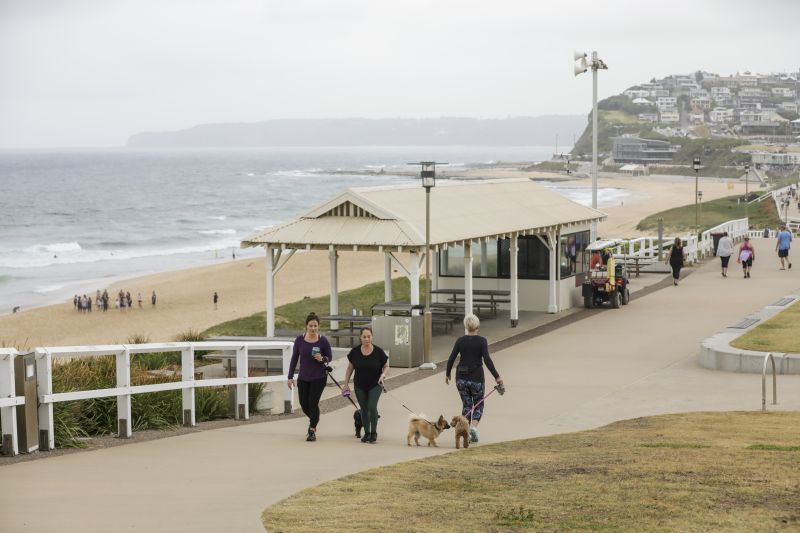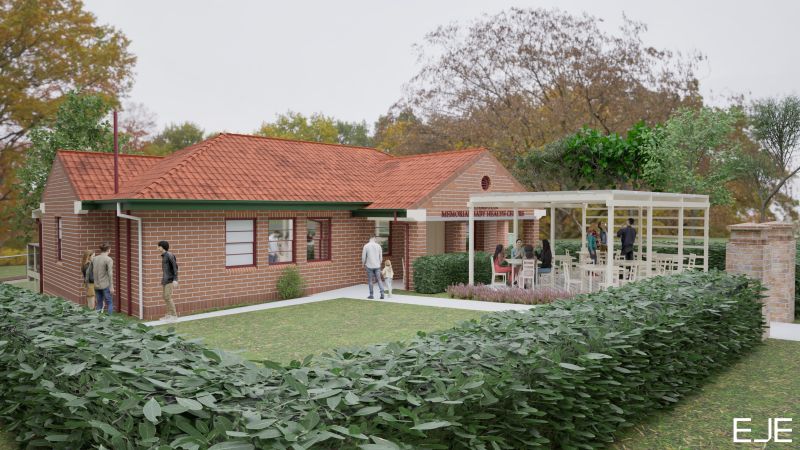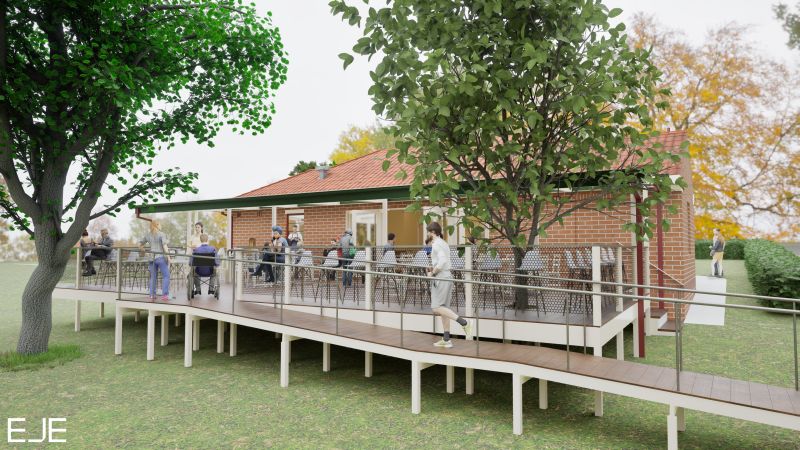City of Newcastle (CN) is developing a plan to guide investment along the Newcastle coast over the next 25 years.
The Coastal Buildings Revitalisation Plan will provide clear direction for the maintenance, renewal and upgrade of coastal buildings and assets over the short, medium and long term.
 The Coastal Buildings Revitalisation Plan will provide clear direction for the maintenance, renewal and upgrade of a range of structures along the coastline including shade shelters and lifeguard facilities.
The Coastal Buildings Revitalisation Plan will provide clear direction for the maintenance, renewal and upgrade of a range of structures along the coastline including shade shelters and lifeguard facilities.
The Plan will incorporate a range of structures along the coastline from Stockton to the Merewether Ocean Baths Pavilion, and include lifeguard facilities, surf club pavilions and clubhouses, beach kiosks, shade shelters and amenities, as well as seawalls.
Newcastle Lord Mayor Nuatali Nelmes said the Plan would provide a coordinated approach to maintaining and enhancing the public facilities located alongside Newcastle’s most precious natural asset.
“We know just how much our community and the millions of visitors that flock to our city each year value our beautiful coastline and the public facilities overlooking it,” Cr Nelmes said.
“This is why we continue to invest significantly through our Coastal Revitalisation Program, with major infrastructure projects including upgrades to the Merewether Ocean Baths and the refurbishment of Nobbys Surf Pavilion, the ongoing revitalisation of the Newcastle Ocean Baths, and the delivery of our flagship Bathers Way coastal path.
“The Coastal Buildings Revitalisation Plan will enable City of Newcastle to take a proactive and sustainable approach to identifying and prioritising future works on our coastal assets, to ensure they meet the needs of our community for generations to come. It will also assist us in applying for and securing State and Federal Government co-funding to undertake these important projects.”
The first stage of the Plan includes assessing the condition of the existing coastal assets, and the development of a ‘user needs analysis’ to better understand the community’s needs and aspirations for them now and into the future.
This stage is expected to be completed by the end of 2024.
Proposed short, medium and long-term outcomes for each of the assets will be determined during the second stage of the Plan, which will also be informed by the Extended Stockton and Southern Beaches Coastal Management Programs, which are both currently in development by CN and require certification by the NSW Government.
Hunter Surf Life Saving President Henry Scruton welcomed the opportunity to engage with City of Newcastle on the importance of these coastal buildings to the community.
“The development of this Plan acknowledges the significance of these coastal assets to our city, and will help guide investment in surf clubs as an important service and intrinsic part of our coastal community,” Mr Scruton said.
Cr Nelmes said Newcastle’s coastal areas attracted a wide range of community members and visitors for sport, recreation and work.
“This Plan will help City of Newcastle explore future funding options with Federal and State Government, and external stakeholders, to help maximise the functionality of our coastal buildings and ensure residents, visitors, our professional lifeguards and surf lifesaving volunteers can continue to make the most of Newcastle’s beautiful beaches and outdoor recreational lifestyle,” Cr Nelmes said.
Councillor Jenny Barrie also applauded the development of the Plan.
“This is a great step forward to the important revitalisation of our coastal assets to benefit our surf lifesaving volunteers and the lifestyle of Newcastle’s wider community,” Cr Barrie said.

 An artist’s impression of the renovated cafe in Lambton Park.
An artist’s impression of the renovated cafe in Lambton Park. An artist’s impression of the renovated cafe at Lambton Park, including the proposed rear deck extension and access ramp.
An artist’s impression of the renovated cafe at Lambton Park, including the proposed rear deck extension and access ramp.